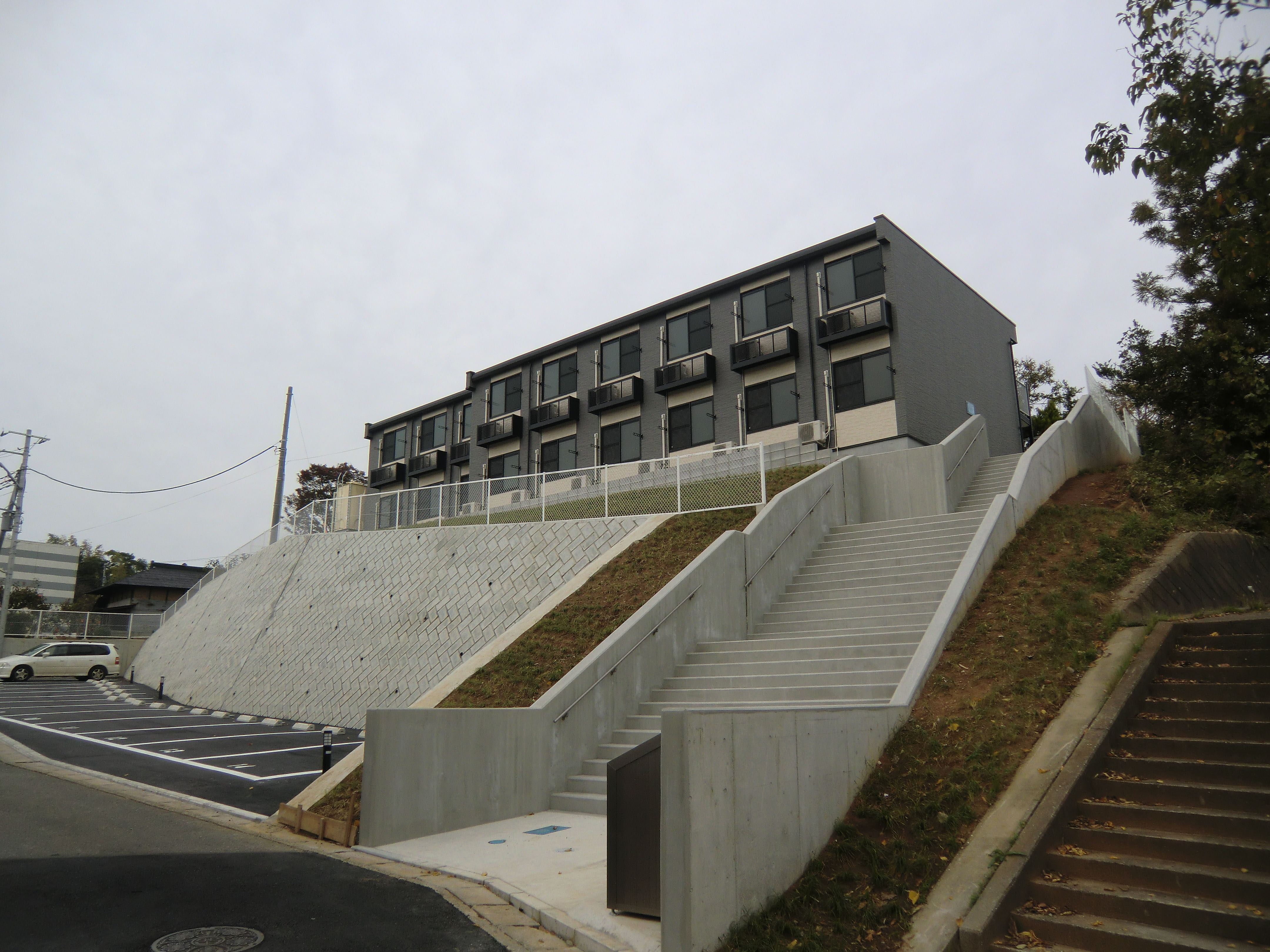In an effort to cut costs, electronics maker Sharp has announced that it is transferring its struggling liquid crystal display business from factories in Kameyama, Mie Prefecture, to factories in Sakai, Osaka Prefecture. In 2004, the Kameyama facility started making large LCD screens for TVs and more workers were hired. Sales of TVs have since plunged, and as of March the number of Kameyama employees had been cut by 30 percent. The move to Sakai will reduce the number even more. This loss has been devastating to the city, whose government subsidized the factories to the tune of ¥13.5 billion. The real estate market has suffered as a result. Sharp employed contract workers and did not build housing for them, so developers convinced landowners in the city to build rental units with promises of big profits. Now most of these one-room apartments are vacant and the landlords still have 20-plus years left to pay off their mortgages.
Kameyama exemplifies a larger housing situation that became apparent in 2008 when the Ministry of Internal Affairs conducted its most recent real estate survey (The next is scheduled for 2013). The ministry found that there were more than 7.5 million unoccupied houses and apartments representing 13 percent of all residences in Japan. That number has surely risen in the meantime, since the number of new housing units going on the market has hovered around 800,000 a year. According to the business journal Diamond Online, if that amount remains the same and population contraction continues apace, then in 20 years 24 percent of all residences will be vacant. Even if the number of new homes is halved and that of already-vacant homes being demolished is doubled, the vacancy rate will be 15 percent.
The media focus has been on vacant single-family homes, the number of which is on the increase because so many owners die without heirs who are willing to assume the title. If such houses aren't put up for sale they become firetraps and eyesores, so local governments want them torn down. But these houses account for a small percentage of vacant residences. The largest portion by far, almost 55 percent, is made up of rental properties, mostly apartments.

















With your current subscription plan you can comment on stories. However, before writing your first comment, please create a display name in the Profile section of your subscriber account page.